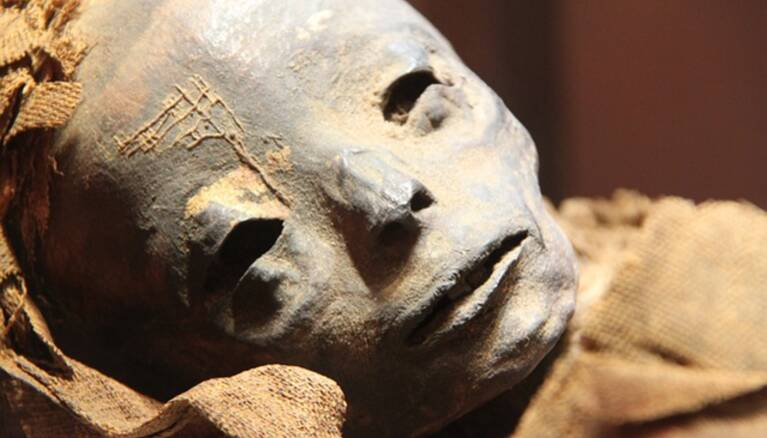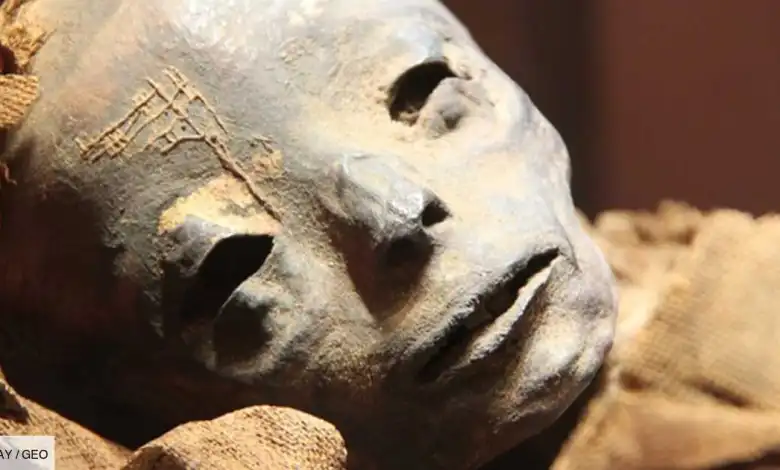Facial reconstruction reveals the face of a man who lived 9,600 years ago in Brazil

Scientists have succeeded in reconstructing an image of the face of a man living 9,600 years ago. Illustrative image.
From a skull collected in Brazil in 1997, specialists have succeeded in reconstructing the face of a man named "Zuzu". He lived 9,600 years ago.
It is a technological feat that gives an approximation of the face of an individual living 9,600 years ago. Specialists have succeeded in reconstructing the face of a man, named "Zuzu", thanks to a 3D model based on the digital study of several dozen photos of the skull, reports Live Science, which cites a study published on January 25, 2023 .
This skull is a fragment of a skeleton in a fetal position exhumed in 1997 at Toca dos Coqueiros, in the Serra da Capivara National Park, in northwestern Brazil. "Zuzu" is one of the most important finds made at the archaeological site. For a long time, the nature of its sex has been the subject of scientific controversy.
Controversy around sex
After getting their hands on the skeleton, analyzing the circumference and shape of the skull, the researchers established that the gender of "Zuzu" was female. Assertions disputed by specialists. The facial reconstruction finally made it possible to clarify these gray areas. Based on the skull of a virtual, living donor, the scientists came up with two results, each showing a young man with plump lips and a broad nose.
Brazil: Ilha Grande Bay, not far from paradise
This facial reconstruction was made possible thanks to the method of photogrammetry, "a measurement technique which determines the shape and dimensions of an object in space from several photographic shots", according to the National Institute geographic (IGN) and forest information.

?What origin
A total of 57 photographs were necessary "in order to reveal the face of this figure so mysterious and so important for Brazilian history", according to the researchers. There remains a question about its original population. “Although the skull has an affinity with an Asian population, among individuals of this ancestry there are a large number of structural differences, which are circumvented by closing the eyelids,” the researchers wrote in the study. Nearly 10,000 years later, these bones have not yet revealed their full truth.
Source : websites

